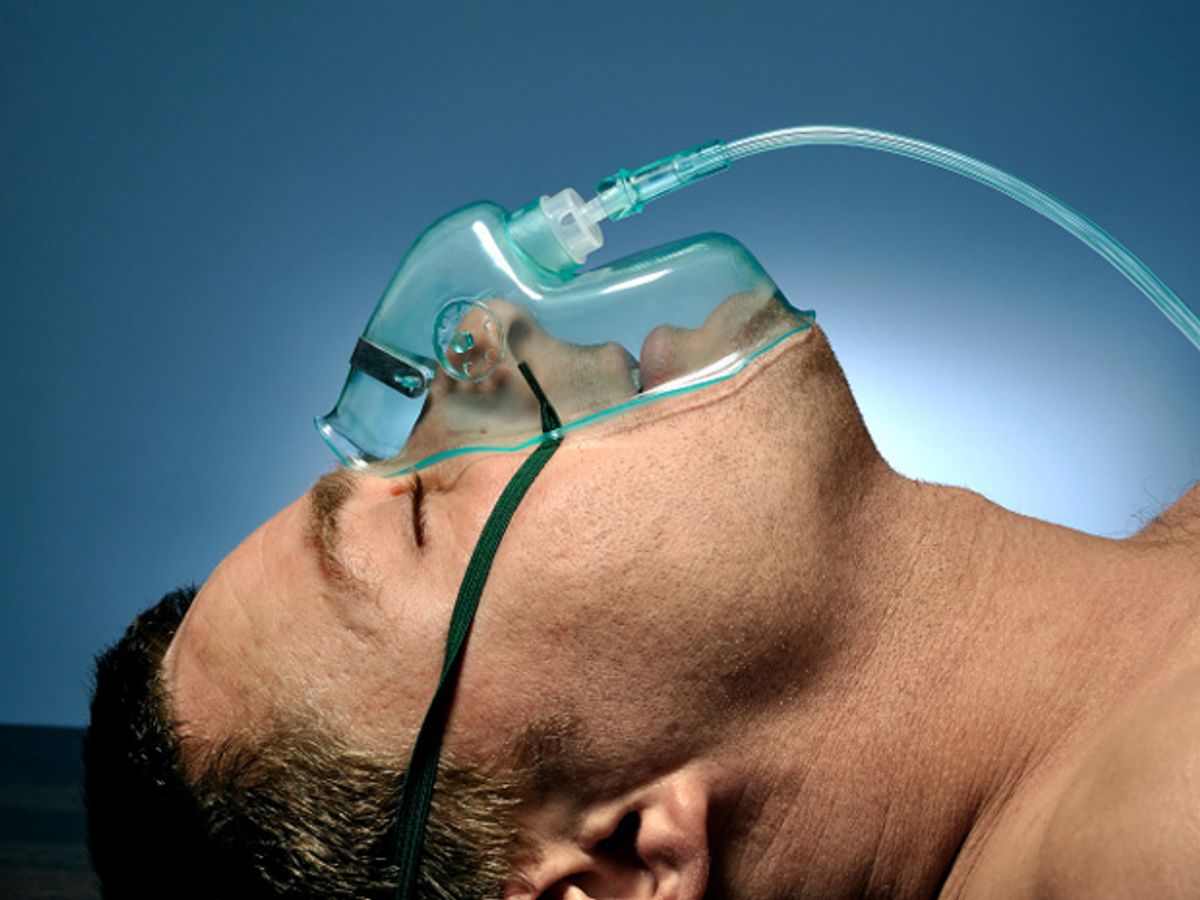In some scenarios it can be safer for health professionals to put certain patients, those with persistent seizures or brain trauma for example, into medically induced comas during treatment or recovery. But this requires full time supervision from hospital staff because the process involves watching a patient's EEG and manually adjusting the anesthesia drugs to keep brain activity stable. But a new system tested in animals and published in PLOS Computational Biology yesterday automates the monitoring and dosage modification.
The team, which includes scientists from Massachusetts General Hospital (MGH) and Massachusetts Institute of Technology (MIT), modified some of its existing software which measures brain activity, and integrated algorithms to evaluate EEG patterns, set goals for appropriate brain activity, and control devices that administer anesthesia, all in real time. The group tested the their closed loop control in a rodent model and found that the system's EEG measurements were almost perfect.
In a press release, Emery Brown, an anesthesiologist and the senior author on the paper noted that, "As far as we know, these are the best results for automated control of anesthesia that have ever been published. We're now in discussions with the FDA for approval to start testing this in patients.
Anesthesiologists currently work with some computer assistance, but the FDA hasn't yet approved a fully automated system for monitoring patients' brain activity and modulating their anesthesia doses appropriately. This research is important because it is some of the first, if not the very first, to show both aspects functioning at once in real time with a safe level of precision and control. Since medically induced comas require keeping patients at the correct level of brain activity for hours or often days, a system that is totally controlled by a computer would reduce the manpower needed in Intensive Care Units and could even hold patients' brain activity stable with lower doses of anesthesia.
Photo: iStockphoto



